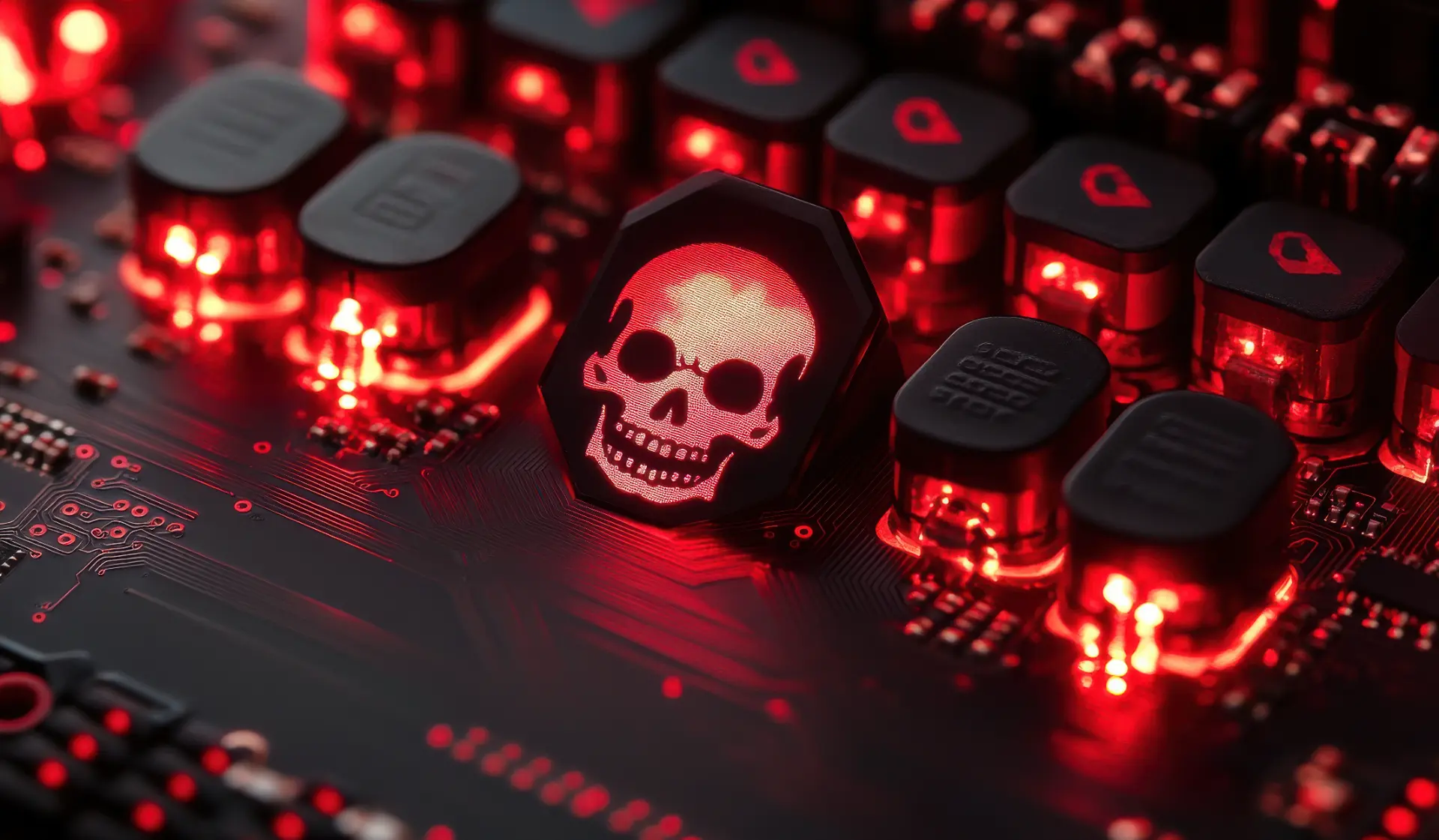Table of contents
- The silent war: more targeted and sophisticated cyberattacks
- Email, passwords and phone numbers: the top targets
- Digital theft: from VPNs to government institutions
- Italy in the top 5: a closer look at the numbers
- Human error: the weakest link in digital security
- Global outlook: Europe takes the hardest hit
- Protecting your digital identity: what must change
The silent war: more targeted and sophisticated cyberattacks
In 2024, cyberattacks have grown at an alarming rate, with a 15.4% increase in data breach alerts related to the dark web.
Over 2 million alerts have been issued to Italian users, a clear sign that the country is under serious digital threat. Only 12% of the alerts concern public web exposures—down from last year—while a staggering 88% are linked to dark web activity.
According to data from CRIF’s Cyber Observatory, Italy now ranks 5th globally for compromised email addresses and 18th for stolen credit card data, underscoring the urgent need for stronger personal and corporate data protection strategies.
Email, passwords and phone numbers: the top targets
The most vulnerable data on the dark web continues to be emails, passwords, usernames and phone numbers. In many cases, this information is bundled with home addresses (51.9%) or phone numbers (65.5%), providing scammers with the perfect toolkit for launching phishing and smishing attacks.
The most common data combo is email and password (89.6%), followed by username and password (87.5%), a pairing that can grant hackers unauthorized access to personal and corporate accounts.
Although stolen credit card data with full security codes is less common, the potential damage remains high.
Digital theft: from VPNs to government institutions
It’s not just personal emails at risk. Usernames found on the dark web are increasingly tied to VPN services (34.3%), followed by social networks (23.9%) and e-commerce platforms. Alarmingly, public institutions have also seen a 100% surge in compromised accounts.
These credentials are used for scams, requests for money, spreading malware or abusive access, often aided by realistic deepfakes and increasingly sophisticated social engineering techniques. The use of AI to make fake videos of CEOs or executives has already caused huge economic losses globally.
Italy in the top 5: a closer look at the numbers
Nearly half of Italian users (48.4%) have received at least one alert for data exposed on the dark web, with users aged 51–60 the most affected. The regions reporting the highest number of alerts include Lazio, Lombardy, Sicily and Campania. However, when considering population ratios, Molise, Umbria, and Emilia-Romagna come out on top.
Men account for 63.3% of alert recipients, and a vast majority (91.3%) use personal email accounts, reflecting the widespread lack of cyber awareness among private users.
Human error: the weakest link in digital security
The root cause of most data breaches is human behavior. Weak or reused passwords, and the tendency to share personal data with shady apps or “fun” services promising rewards, create the perfect storm for hackers. What seems like a harmless quiz or music ranking app might actually be harvesting sensitive information.
The problem is not only technological, but also cultural. Awareness of threats and adoption of good digital practices are still too lacking, both among individuals and, in some cases, in companies.
Global outlook: Europe takes the hardest hit
Worldwide, the USA leads in email and password breaches, followed by Russia, Germany, France and Italy. In terms of credit card data, Europe has suffered the most, with a 93.9% spike compared to 2023.
Countries like Russia, India, Iran and Mexico dominate the dark web marketplace for stolen card data, while the United States has dropped in the rankings. Italy slips to 18th place, but this should not lower our guard: the growing volume of exposed personal data suggests that our country remains a highly vulnerable target.
Protecting your digital identity: what must change
The call from experts is clear: protecting your data online is no longer optional. Up-to-date technological tools are needed, but so are continuing education, awareness and the ability to recognize new criminal strategies that exploit AI, social engineering and deepfakes.
Only a combined approach between technology, education and prevention can stem the rising tide of cyber attacks. Investing in cyber security means protecting not only your wallet, but also your digital identity.
